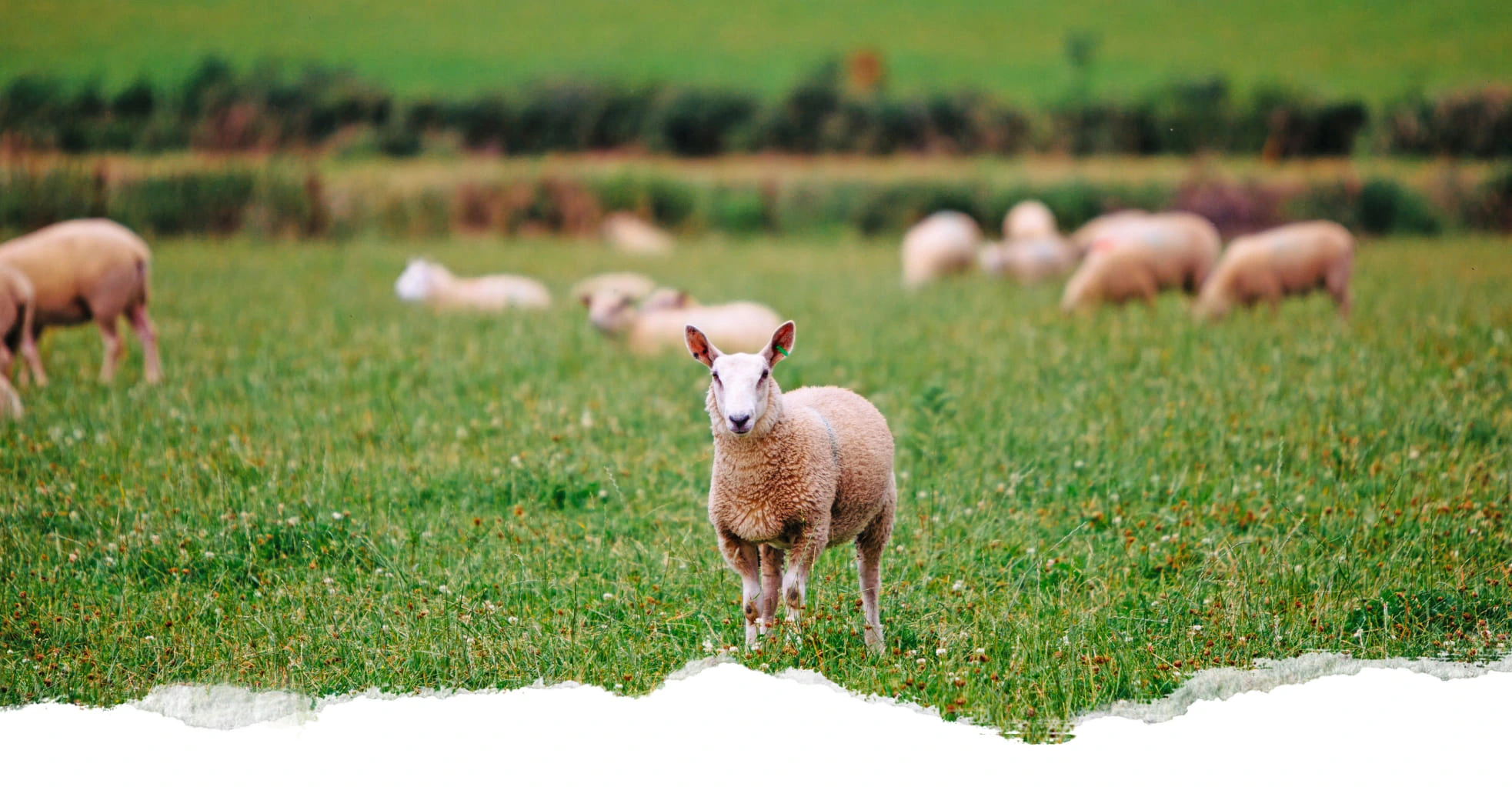Organic Lamb
European organic lamb offers a unique combination of health benefits, superior taste, and sustainable production practices. With its growing popularity and strong presence in both domestic and international markets, organic lamb from Ireland is the perfect choice for those seeking high-quality, tasty meat.

What Makes Lamb Organic? Key benefits of organic lamb
- Higher standard of animal welfare. Animals must have plenty of space, both indoors and outdoors which helps to reduce stress and disease.
- Routine antibiotic use is not permitted.
- Animals must have access to pasture to graze on whenever conditions allow.
- No synthetic fertilisers and pesticides are used.
- Animals must have access to pasture to graze on whenever conditions allow.
- Routine antibiotic use is not permitted.
- No synthetic fertilisers and pesticides are used.
EU organic lamb production: Sustainable farming practices and animal welfare
European organic lamb production in Europe involves a sheep farming system that requires the application of considered farming practices that prevent damage to the environment and prioritise animal welfare. Building and maintaining soil health as well as flock disease prevention are also important aspects to organic lamb production.
As organic sheep farming cannot rely on external or synthetic inputs such as artificial fertilisers, pesticides and routine antibiotics, more time needs to be spent on planning and being in tune with the land and the health of the animals and soil. The sheep have access to plenty of space, and in Ireland, they can roam and graze on pastures for most of the year.
The lambs and sheep diet consists mainly of grass, but any other feed provided must come from organic sources. To ensure the sheep and lambs have enough feed throughout the year, many organic sheep farmers run a mixed enterprise and grow their own crops, which they use to feed the sheep and lambs when grass levels are low during winter months.
In Ireland sheep can be kept outdoors all year round, but during the lambing period some farmers choose to house their sheep indoors, where ewes are given plenty space to lie down as well as sufficient organic feed in the form of silage (preserved grass) and other organic feed crops such as oats and peas.
Want to know
more?
Family farming
Discover the importance of generational family farming in Europe and Ireland.